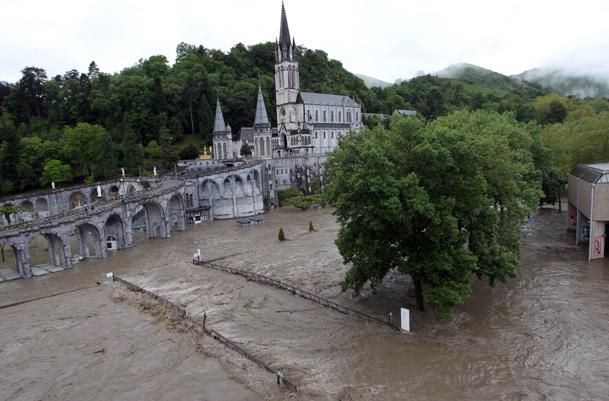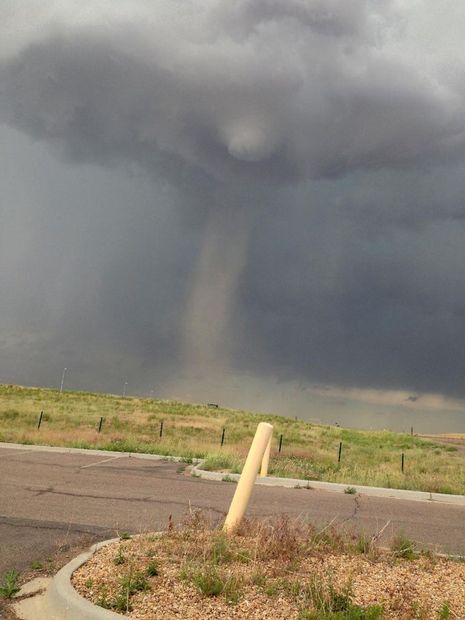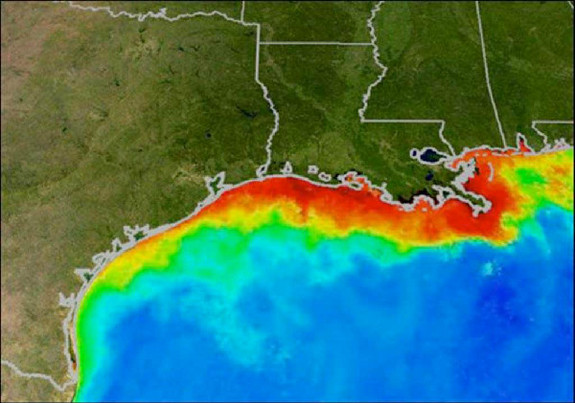
Muddy floodwaters swirled Wednesday in the grotto where nearly 6 million believers from around the world, many gravely ill, come every year seeking miracles and healing. It has been a major pilgrimage site since a French girl's vision of the Virgin Mary there in 1858.
Heavy rains around the region inundated town centers and swelled the Gave de Pau river, forcing road closures.
Interior Minister Manuel Valls said on BFM television that a man in his seventies died Wednesday, swept away by the river. The Interior Ministry says it is the second person who has died in this week's rains.
The spokesman for the Lourdes pilgrimage complex, Mathias Terrier said that the site in the foothills of the Pyrenees wasn't likely to reopen before the end of the week.
Rescue services evacuated hundreds of people from nearby hotels. Authorities were particularly concerned with bringing weak and sick pilgrims to safety.









